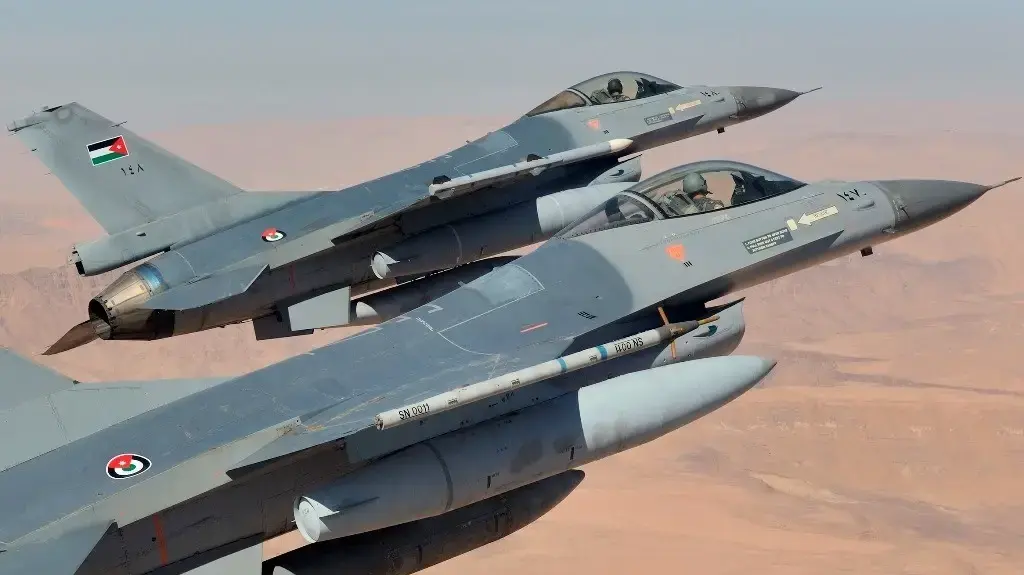The beginning of the course is always a good time to release the new materials with which you are going to work throughout it.
And in this case, the General Air Academy has presented its renewed fleet of fighters to train future pilots of the Spanish Army.
The launch of the Pilatus PC-21 has been in San Javier (Murcia): 24 Swiss aircraft that were acquired on September 14, 2021, with which the Ministry of Defense wants to renew the structures and tools for both training and combat of the Armed Forces.
But, like any beginning of the course, some enter and others are leaving.
The new aircraft will replace the veteran CASA C-101 Aviojet
dedicated to pilot training since 1980. This aircraft leaves behind 42 years of training, more than 285,000 flight hours and almost 1,800 trained pilots, to make way for new forms and new teaching methods.
The new two-seaters are considered state-of-the-art advanced trainers, which allow complete training for pilots, from the most basic phases, to the transition to combat aircraft.
In this way, it is intended to close the great technological gap that existed until now between training aircraft and combat aircraft, which do have complex digital systems.
Inside the fighter's cockpit, the student sits in the front, while the teacher sits in the back.
The physical barrier that separates them and divides the cabin is made up of digital screens with which the teacher can instruct the student and monitor their learning in a monitored manner.
Ejection seats, multifunction screens, mission programmers,
An internal cockpit of the Pilatus PC-21 training fighter in which its complex technological equipment can be seen.
With their 11 meters long and 9 meters wingspan, the Pilatus PC-21 are two-seater turboprop aircraft that come from the Swiss city of Stans.
From there the last two copies arrived to complete the fleet on June 22.
Its aerodynamic structure contains a five-bladed graphite propeller at the front.
Decorated with the red and yellow colors of the Spanish flag, the Pilatus PC-21 are capable of reaching a maximum flight height of 8,000 meters, have a power of 1,600 horsepower and a flight range of 1,333 kilometers, enough to travel any point of the Iberian Peninsula from the base of San Javier.
With these new acquisitions, it is intended not only to improve the training of Spanish pilots, but also to save the expenses that the constant tasks of repair and maintenance of the aging equipment in use have entailed in recent years.
It is also desired to improve the quality of training for pilots in training, as well as the prevention of accidents and risks for students, according to the Ministry of Defense.
In 2019 there was an accident that caused the death of the instructor and the student at the General Air Academy, when the plane crashed in the Mar Menor.
The CASA C-101s, however, are not going away.
Its capabilities will be used by the Eagle Patrol, the Air Force's acrobatic flight group.
The General Air Academy leaves behind books, manuals and slide presentations to adopt new virtual forms with very complex and realistic systems, e-learning processes and augmented reality in its training process, according to a dossier provided by the Army from air.
The great advantage of these new kits is that the Pilatus C-21s incorporate an Integrated Flight Training System (ITS), because flight is just as important as its control from the ground cockpit.
At this point, the new aircraft are accompanied by virtual simulators that can reduce flight hours during training and improve training from ground facilities.
Until now, 80 hours of flight have been made compared to 20 of simulation.
With the new fighters we want to reduce this ratio to 60/40 or even 50/50.
Quite a change, both in the technical training of the pilots and in the quality offered to them during their training.
The characteristics of the new Air Force training plane with which pilots will be trained during the next few years in their basic education stage.
The change does not stop here, in San Javier.
Currently, the training of a pilot has four phases.
The first two are held at the General Air Academy;
the third occurs in other parts of the territory, such as Talavera la Real (Badajoz), in Matacán (Salamanca) or Armilla (Granada), to later join their destination area, in the fourth and final phase.
The new system is going to be incorporated, for the time being, only into basic training.
But, in the medium term, the aim is to improve the coordination of the first two phases with the third and fourth.
To do this, the Pilatus PC-21 has air-to-air and air-to-ground radars that facilitate the connection of what was learned in San Javier with the more specific subsequent phases.
The next to fall will be Northrop's F-5M fighters, 50 years old, which serve in Talavera la Real for training.
Subscribe to continue reading
read without limits
Keep reading
I'm already a subscriber













